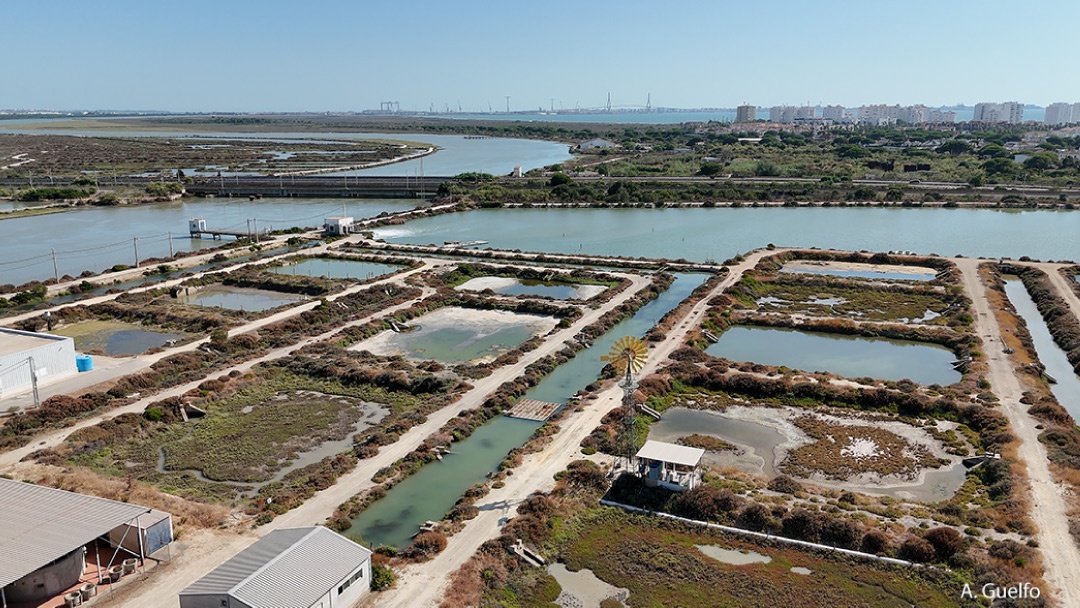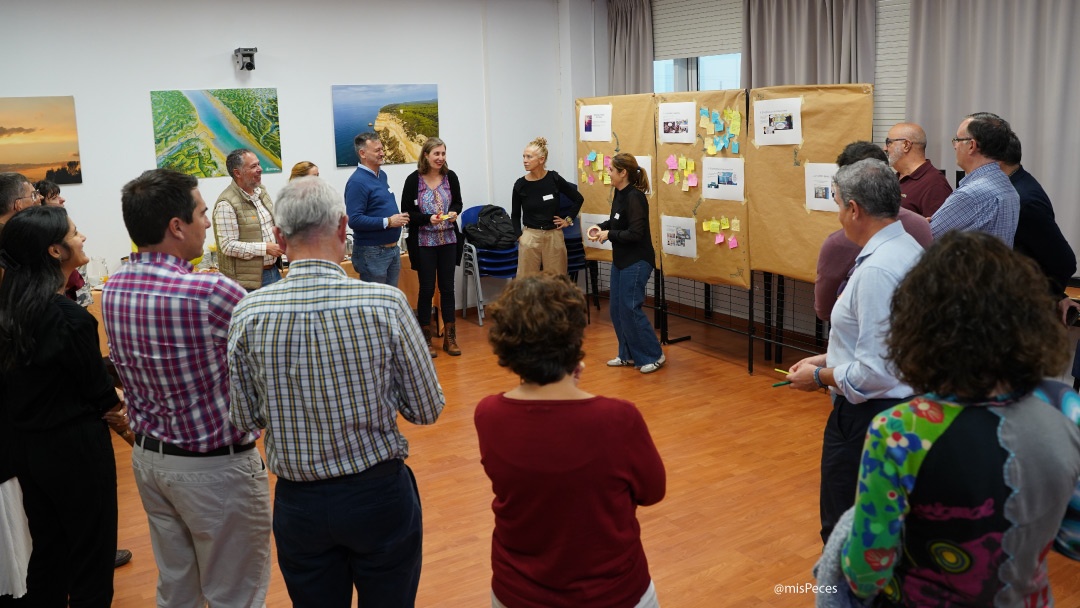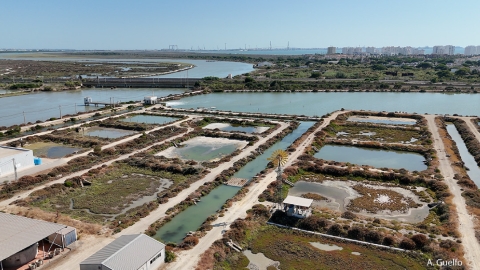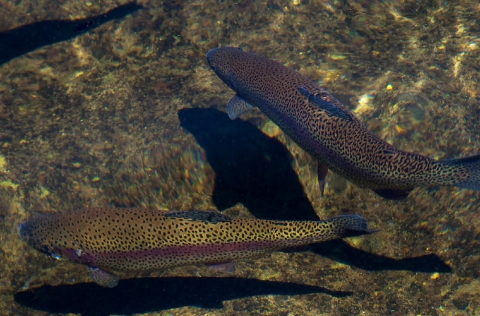
The Bay of Cádiz, in Andalusia (Spain), has been identified as one of the most suitable areas for developing modern and sustainable aquaculture, according to a study carried out within the European project AZA4ICE by experts from IFAPA Centro El Toruño, in Spain.
The analysis was based on the C-AZA methodology, which examines “the site, the species and circularity”, and incorporated the Quadruple Helix Model – an approach that brings together the perspectives of Academia, Government, Industry and Civil Society to validate the results and ensure their applicability in the region.
Over the course of a year, researchers measured eight environmental parameters – including temperature, salinity and dissolved oxygen – at six different points across the Bay. Using these data, they calculated the Site Suitability Index (SiSI).
The conclusions were particularly positive: intensive systems, including recirculation aquaculture systems (RAS), achieved a score of 0.86 out of 1, classed as “optimal”, while extensive and semi-intensive systems reached 0.78, considered “acceptable”.

These figures, as confirmed during the third AZA4ICE project local meeting held at the Faculty of Marine and Environmental Science of the University of Cádiz, show that the Bay provides an environmentally stable setting that supports aquaculture production throughout the year and facilitates the implementation of efficient production models.
The study also assessed which species are best suited to this environment using the Species Suitability Index (SSI). Three commercially valuable fish – gilthead seabream, European seabass and Senegalese sole – showed excellent adaptation to local conditions, while species such as sea urchins and holothurians presented “very low” sustainability, particularly in extensive systems.
As Manuel Manchado, coordinator of the AZA4ICE pilot in the area, explained to misPeces, the aim was to determine whether the Bay “is a suitable place for aquaculture and which species could prosper best in it”.
The project also explored Integrated Multi-Trophic Aquaculture (IMTA) models, a key pathway towards greater circularity. A total of 239 combinations were modelled, and four specific systems integrating fish, bivalves and marine plants were compared in detail.
Four configurations were exanimated closely: two based on gilthead seabream, one on seabass and another on sole as fed species, combined with oysters and mussels as organic filters feeders, and algae and Salicornia as inorganic extractive components, under both semi-extensive and intensive conditions.
The system made up of sole, oysters and Salicornia achieved the highest circularity score, at 0.75, positioning it as the most efficient among those evaluated. In parallel, intensive recirculation systems proved to be the most resource-efficient, as they “allow almost all nutrients in the system to be measured, reused and recycled, maximizing utilisation and minimizing non-use”.

The Quadruple Helix approach was present throughout the methodological process. Academia provided the scientific tools, while industry contributed to defining production criteria linked to growth, feed efficiency, waste management and market value.
Government bodies supported the review of the regulatory framework, the combability of uses and risk analysis, while Civil Society played a role in methodological validation and in assessing social acceptance.
This model makes it possible to integrate technical knowledge with the real needs of the territory and of the sector.
Drawing on this comprehensive perspective, the project concludes that the Bay of Cádiz offers highly favourable environmental conditions, host commercially important species that are well adapted to the area, and provides a regulatory and social context aligned with the principles of the circular economy. Altogether, this positions the Bay ass a privileged location for advancing a new generation of aquaculture – more efficient, sustainable and in harmony with its unique natural heritage.



